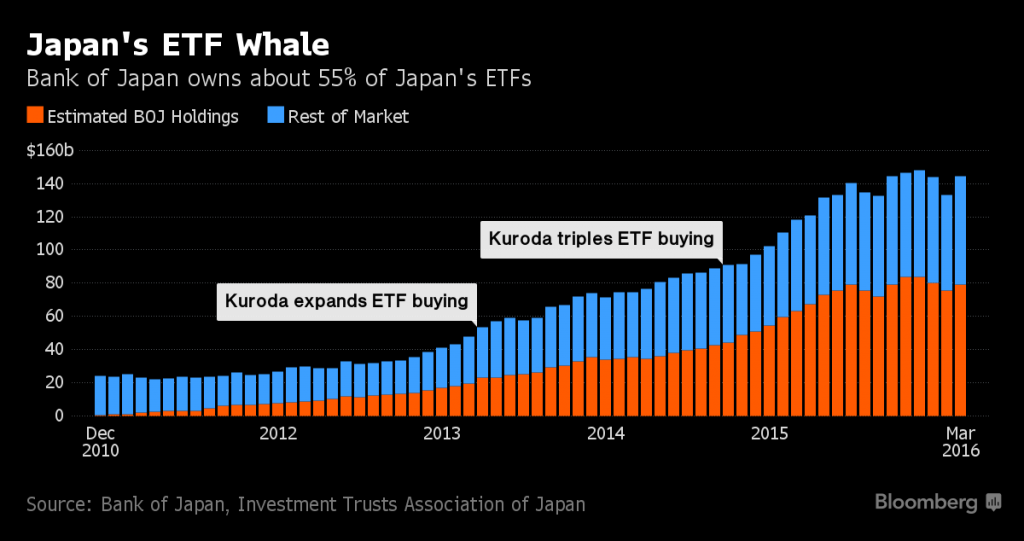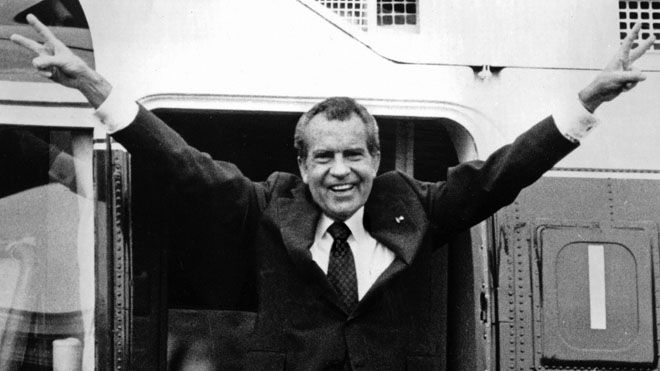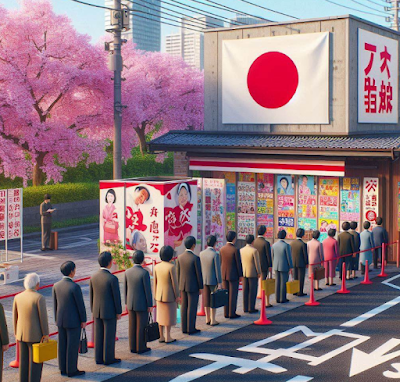Hell With Air-ConditioningLAS VEGAS – It was 113 degrees outside when we rolled through Baker, California, a few days ago. We drove along in comfort, but our sympathies turned to the poor pilgrims who made their way to California in covered wagons. How they must have suffered! Our suffering didn’t begin until we checked into the Planet Hollywood Hotel in Las Vegas. What a horrible place. You stand in line for half an hour to get your room key – even after you’ve checked in online. Then if you leave your key in your room, you stand in line for another half an hour to get another one. The music blares; the lights flash; the slot machines beckon. The décor is garish and ugly. The food is hit or miss. The staff are helpful only insofar as they can tell you which line to stand in. It is like Hell with air-conditioning. But we didn’t come to complain; we came to learn. “Go back and read President Nixon’s speech from 1971,” urged old friend Adrian Day, whom we met while standing in line in the hotel lobby (the nice thing about the hotel is that you have plenty of time to talk to friends, if you happen to be standing in the same line at the same time). “But it’s taken us into such a strange world. No one knows what to make of it,” he continued. What to make of it is our subject for today – and for most other days. So, we continue our exploratory surgery on the modern money system. But the body is so alien, so Frankenstein-like, it is hard to make out what is going on. |
|
Paying to LendThe strangeness of today’s financial world is illustrated most emphatically by negative interest rates. As colleague Chris Lowe reported this week to members of our global research service Inner Circle, $12 trillion of sovereign debt now trades on subzero yields. ALL Swiss government debt now carries on a negative yield. And Japanese government bonds trade on negative yields out a half-century. Meanwhile, the German government just issued its first bond with a negative yield. |
|
Swiss 50 year sovereign bond yield turns negativeIt’s the first time ever that investors have accepted a negative yield on the first issue of a bond. Typically, yields fall into negative territory as bonds get traded back and forth… and prices (which move in the opposite direction to yields) get bid up. Even private corporations – with no power to tax or print money – are beginning to sell bonds with negative yields. Come again? Yes, it’s not just the German government that is setting milestones. A German bank has become the first corporation in history to which people were so eager to lend money that they paid for the privilege. |
|
New Money – New Rules“Time is money” is the old expression. You work all your life. You save some of your earnings. Your callouses and your savings represent real wealth – the wealth you have produced, and not consumed, during your career. But in a negative-interest-rate world, you may just as well have spared yourself the trouble. Real savings appear to have zero value. Go figure. Savings used to be the driving force behind the stock market. Seeking to put their money to work, investors bought stocks, providing businesses with the funds they needed for expansion. But now, there is no need for that either. Central banks are buying up the world’s stocks and bonds. The Bank of Japan is now a top-10 shareholder in 90% of Nikkei stocks. And on Thursday, the Dow rose 134 points, even as more and more real investors seem to be leaving the field. Apparently, the Fed and other central banks (indirectly) are the major source of demand for U.S. stocks. “We must protect the dollar from the attacks of international money speculators,” Nixon told the nation in August 1971, announcing wage and price controls and the end of Bretton Woods, a gold-backed dollar system. Of course, he was doing no such thing. He was killing it himself, breaking a solemn pledge, honored by 35 presidents before him, to exchange U.S. paper dollars for gold at the statutory rate. Instead, we would pay our bills to the foreigners in a new currency. |
|
Vast Rentier System“The time has come for a new economic policy for the United States,” Nixon continued in his TV address. At first, we thought the break with gold would be inflationary. We rushed to gold for protection. The price of the yellow metal rose nearly 20 times. Stocks fell. In real terms, the stock market dropped as much as 65% from its mid-1960s high. Afterward, things took a new direction. Japan boomed. Then China followed with an even bigger boom. And Walmart’s everyday low prices got lower and lower, as cheap goods flooded the market. Interest rates dropped, too – for the next 35 years. With the help of the Japanese and the Chinese, Fed chief Paul Volcker tamed inflation in the consumer sector. But it ran wild in the stock and bond markets. From a base under 1,000 in 1982, the Dow is now in record territory – 18 times higher. Perhaps without even realizing what it had done, the “Parasitocracy” had created a vast rentier system. Few of the rich, of course, had any idea what was going on. The voters and Congress were completely in the dark. But the system was relentless and insidious. The rich got richer; everybody else grew (relatively) poorer; and the Parasitocracy grew more powerful. Next, we will slice deeper into the monster… and pull out the strange heart itself. |
Charts by: Bloomberg, Contrarian Marketplace
Chart and image captions by PT
The above article originally appeared at the Diary of a Rogue Economist, written for Bonner & Partners.
Full story here Are you the author? Previous post See more for Next post
Tags: Bank of Japan,newslettersent,On Economy,On Politics,Richard Nixon












































